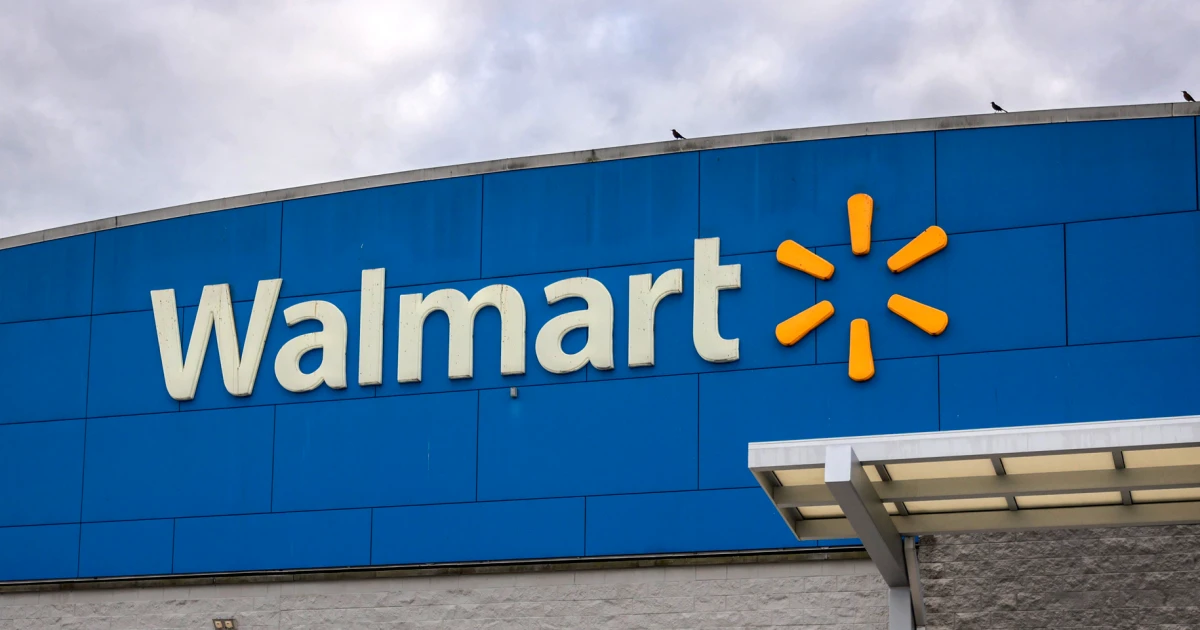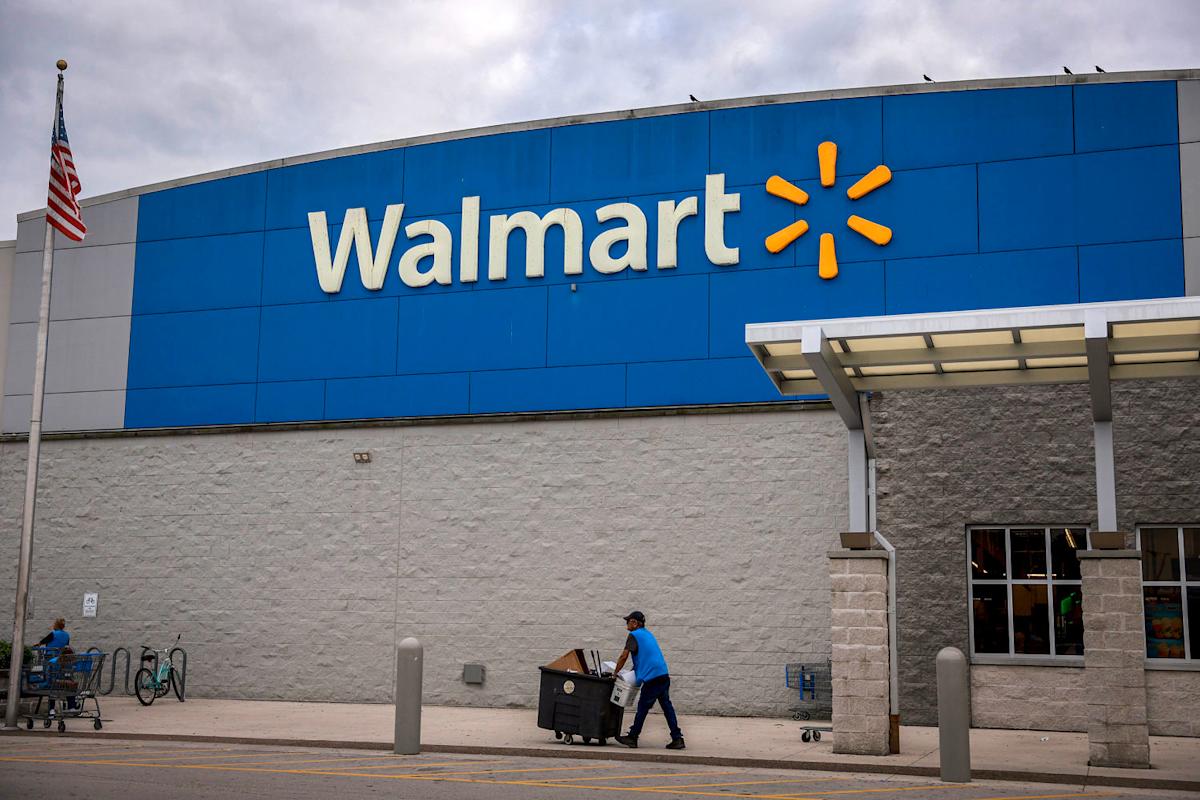Walmart, America’s largest retailer, finds itself turbulent economic waters in 2025 as tariffs and recession fears threaten to disrupt its legendary low-price strategy. The retail behemoth, which serves approximately 270 million customers weekly across 10,750 stores globally, recently announced it would be forced to raise prices on certain items due to the impact of Trump administration tariffs. This marks a significant shift for a company built on its “Everyday Low Prices” promise.
The tariff impact has been substantial, with Walmart CFO John David Rainey warning that price increases would begin appearing by late May 2025, affecting products ranging from bananas and roses to toys and electronics. Despite a temporary 90-day reduction in Chinese tariffs from 145% to 30%, Walmart executives maintain that even these reduced levels create unsustainable cost pressures. The company imports heavily from China, Mexico, Vietnam, India, and Canada, making it particularly vulnerable to trade policy changes.
Adding to these challenges, Walmart has tempered its growth expectations for 2025, projecting a modest 3-4% revenue increase compared to the 4.1% growth achieved in 2024. The company’s stock dropped as much as 8% in pre-market trading following this announcement, reflecting investor concerns about the broader retail environment. Consumer sentiment has declined for four consecutive months, with 62% of Americans believing insufficient action has been taken to lower everyday costs.
However, beneath these surface challenges lies what appears to be a carefully orchestrated transformation strategy that could position Walmart for long-term dominance despite short-term headwinds.
Digital Transformation Drives Profitability Revolution
Walmart’s secret weapon lies in its aggressive digital transformation, which has fundamentally altered the company’s profit structure. The retailer’s U.S. e-commerce business achieved profitability in Q1 2026 and now represents 20% of total sales, marking a historic milestone. This digital penetration has grown from just 14.3% in fiscal 2023 to 18% in fiscal 2025, demonstrating remarkable acceleration.
The company’s omnichannel strategy has created a powerful competitive moat. With 4,600 superstores functioning as same-day fulfillment hubs, Walmart can now reach 93% of U.S. households within 24 hours, expanding to 95% coverage by December 2025. This network effect allows the company to spread delivery costs across multiple orders, with CFO John Rainey noting the efficiency of “delivering to five houses on a street instead of one.”
Retail Media Becomes the New Profit Engine
Perhaps most significantly, Walmart has unlocked a high-margin revenue stream through its advertising business, Walmart Connect. Ad revenue surged 50% in the most recent quarter, reaching over $4.4 billion annually. This retail media network leverages Walmart’s vast customer data and supplier relationships to create software-level margins that offset the razor-thin profits of traditional retail.

The advertising business represents a fundamental shift in Walmart’s economic model. While grocery margins remain compressed, the company can now monetize its customer traffic and data in ways that generate substantially higher returns. This dual identity – combining discount retail with ad-tech margins – creates a unique competitive advantage that smaller retailers cannot replicate.
Automation and AI Drive Operational Efficiency
Walmart’s investment in automation and artificial intelligence is reshaping its cost structure. The company’s next-generation fulfillment centers have doubled throughput while reducing handling costs by approximately 20%. More than 50% of fulfillment center volume now flows through automated systems, with a goal of reaching 55% automation by fiscal 2026.
The retailer has also committed to its largest Silicon Valley office lease since 2023, securing over 338,000 square feet in Sunnyvale for its growing e-commerce and logistics teams. This investment signals a deep commitment to technological innovation and talent acquisition in the competitive tech.
Strategic Store Expansion Despite Economic Uncertainty
Contrary to expectations during economic uncertainty, Walmart is accelerating its physical expansion. The company plans to open or convert over 150 stores while remodeling 650 existing locations across 47 states and Puerto Rico in 2025. This aggressive expansion strategy reflects confidence in its omnichannel model and ability to capture market share from struggling competitors.

